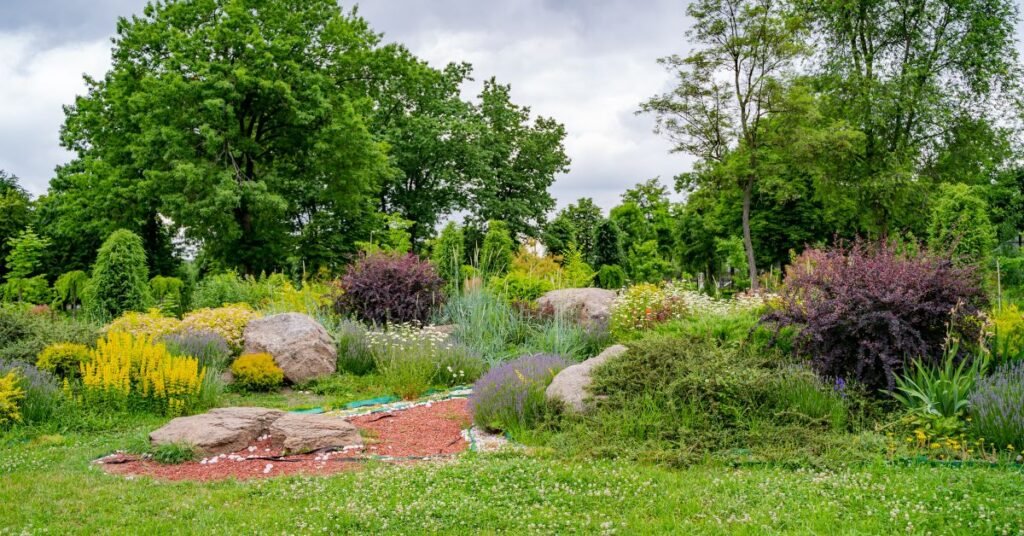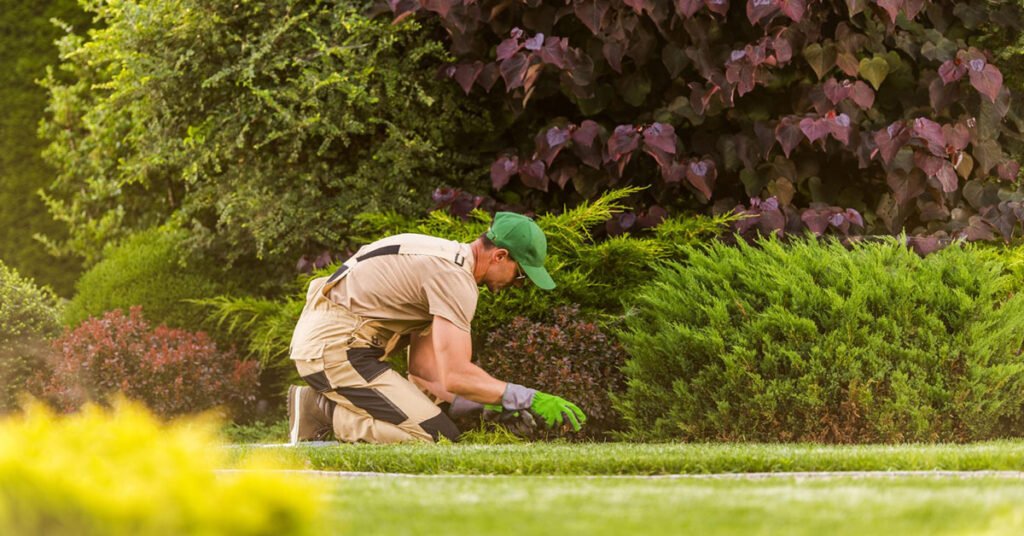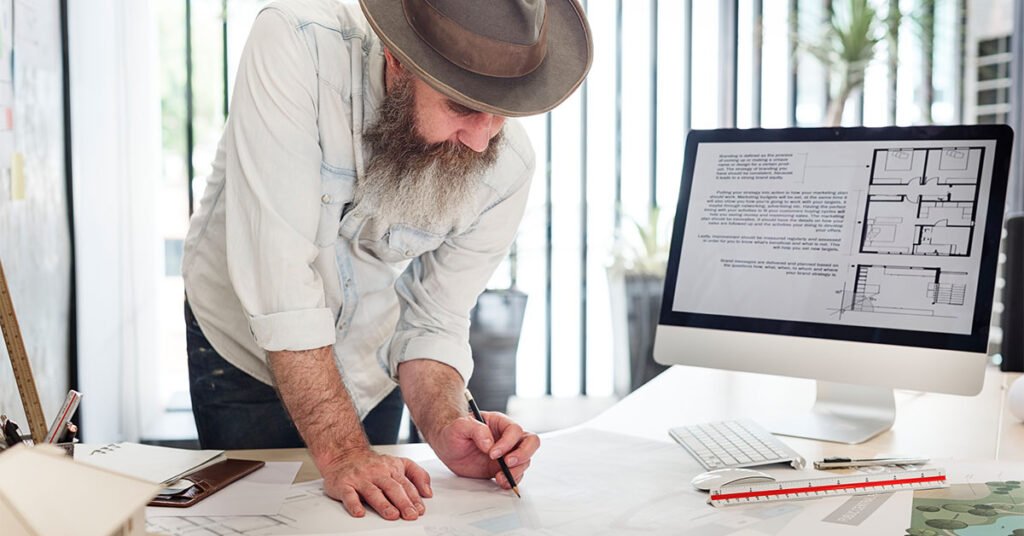Have you ever found yourself captivated by the allure of a beautifully designed garden, a meticulously arranged park, or an awe-inspiring outdoor space? If so, you might have wondered about the creative minds behind these breathtaking landscapes. Welcome to the realm of landscape design, where artistry meets functionality and nature is sculpted into stunning living masterpieces. Let’s take a look at what does a landscape designer do.
What is Landscape Design?
Landscape design is the art and science of planning and arranging outdoor spaces for aesthetic and functional purposes. It involves harmonizing the natural elements of a site—such as terrain, vegetation, and water—with human-made structures and features to create visually appealing and environmentally sustainable environments.
The Role of a Landscape Designer
At the heart of every captivating landscape lies the expertise of a skilled landscape designer. But what exactly does a landscape designer do? Let’s delve into the various aspects of this fascinating profession:
Creative Vision
A landscape designer is a visionary who conceptualizes and designs outdoor spaces. They possess a keen eye for aesthetics and an innate understanding of how to enhance the natural beauty of a site.
Site Analysis
Before any design work begins, a landscape designer conducts a thorough analysis of the site. This includes assessing factors such as topography, soil quality, drainage patterns, and existing vegetation to inform the design process.
Client Collaboration
Effective communication with clients is paramount in landscape design. A designer listens attentively to their clients’ preferences, needs, and budgetary constraints to tailor the design to their specific requirements.
Design Development
Using a combination of hand-drawing and computer-aided design (CAD) software, a landscape designer translates concepts into detailed plans and drawings. These may include site plans, planting plans, elevation drawings, and construction details.
Plant Selection
One of the most distinctive aspects of landscape design is the careful selection of plant species. A landscape designer chooses plants based on factors such as climate suitability, soil conditions, maintenance requirements, and aesthetic appeal to create a harmonious and sustainable plant palette.
Hardscape Design
In addition to plants, landscape designers also incorporate hardscape elements such as pathways, patios, walls, and water features into their designs. These structural elements provide functionality, define spatial boundaries, and complement the natural landscape.
Environmental Considerations
Sustainability is increasingly becoming a core principle in landscape design. Designers strive to minimize environmental impact by using eco-friendly materials, implementing water-saving irrigation systems, and promoting biodiversity through native plantings.
Project Management
From initial concept to final installation, a landscape designer oversees every aspect of the project. This may involve collaborating with contractors, coordinating site visits, obtaining permits, and ensuring that the design vision is realized with precision and attention to detail.
Read More: How to Landscape Around Concrete Patio
Conclusion
In essence, a landscape designer is a master storyteller who weaves together the elements of nature and human ingenuity to create immersive outdoor experiences. Whether crafting intimate gardens, expansive parks, or sustainable landscapes, these visionary professionals play a pivotal role in shaping the world around us.
For those aspiring to embark on a career in landscape design, the journey promises endless opportunities for creativity, innovation, and environmental stewardship. With dedication, passion, and a deep appreciation for the beauty of the natural world, you too can make your mark in this dynamic and rewarding field.



